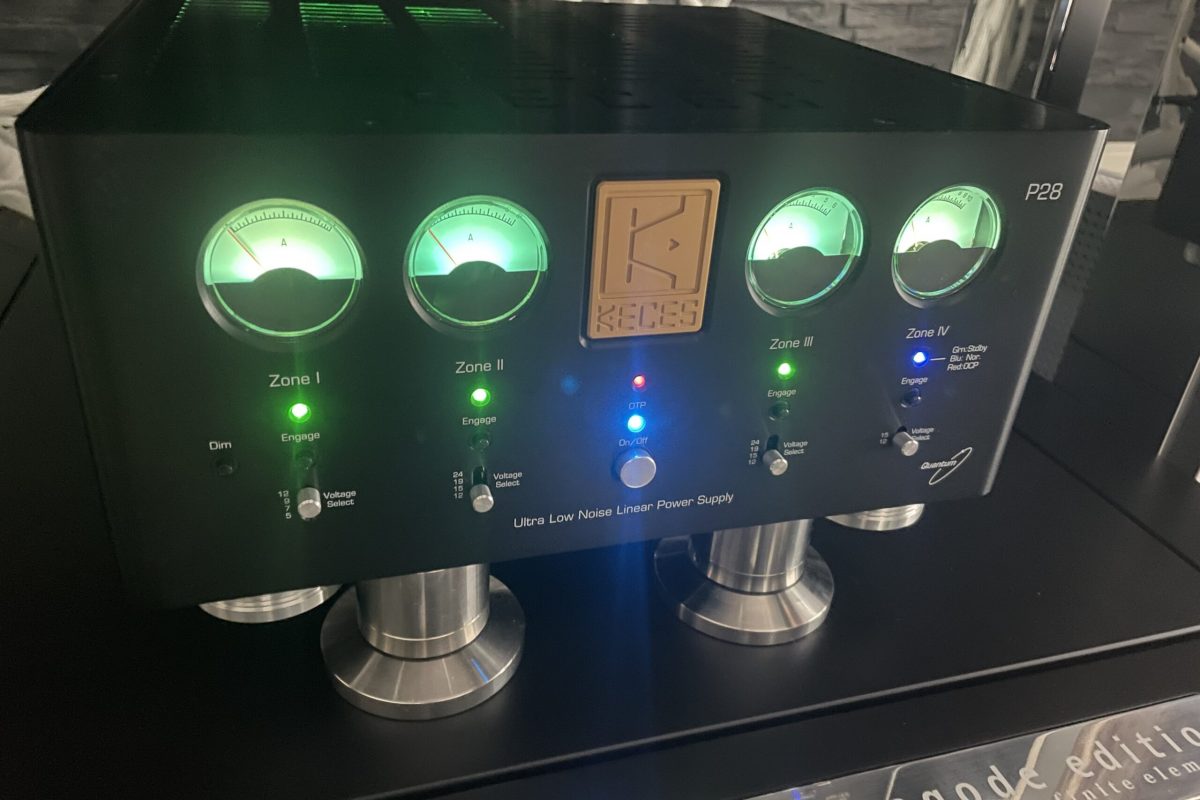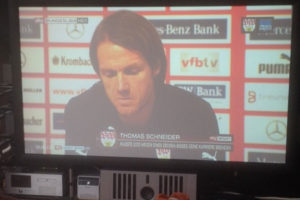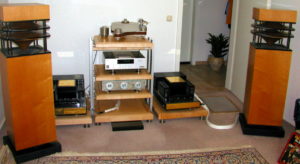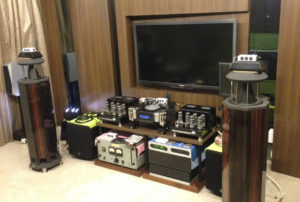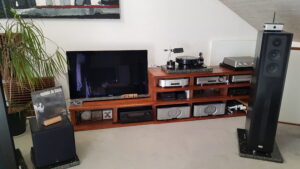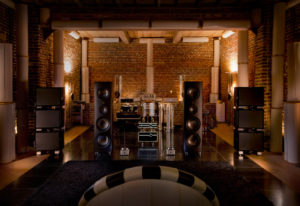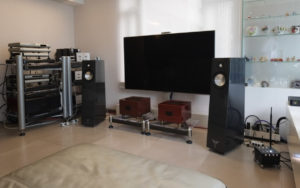Dear Schnerzinger Team,
I would like to share my experiences with the LAN Protector:
First of all, it is important that you adapt the LAN Protector optimally to the existing environment and find the right setting. You should allow some time and peace and quiet for this. Once the right setting has been found, the sound image locks into place and the level of the system is lifted to a higher level. For me, however, it took a few days until the sounds really flowed into each other and truly merged. But then it happened, the streamed music via Tidal sounds much livelier and the sound image becomes more organized and appears much tidier. At the same time, the music becomes more natural and the sounds simply flow unrestrained. Female voices now sound much more soulful and warmer and there is more calm in the sound. The music sounds more analog and you can listen to even poorer recordings in a much more relaxed way. The fascinating thing is that the listener is drawn into the music, which is not always an advantage. My coffee, which I like to drink while listening to music, now often gets cold ;-).
For all those who stream their music from the Internet and don't have a record player, the LAN PROTECTOR from Schnerzinger is a very hot recommendation. But be careful, if you are curious about the LAN PROTECTOR you should be aware of the consequences. It's hard to go back, the increased quality and above all the naturalness and dynamics are now indispensable. The analog feeling when listening to music is addictive!
With audiophile greetings
TS

